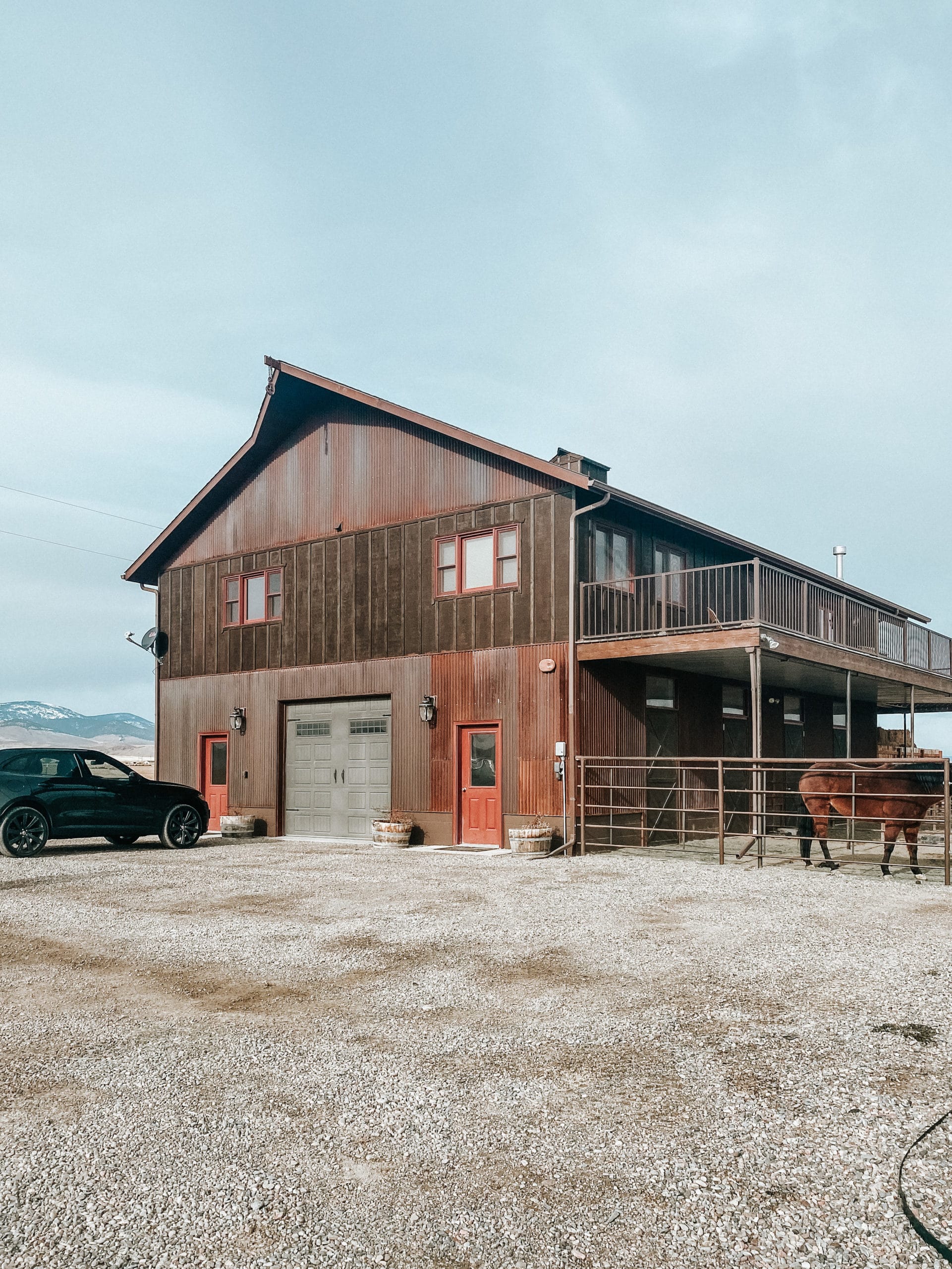Barndominiums Vs. Standard Houses: an In-depth Comparison of Way Of Life and Performance
The decision between barndominiums and traditional homes encompasses numerous factors, consisting of lifestyle preferences and useful needs. Barndominiums are defined by their open layouts and adaptability, frequently appealing to those that prioritize communal living and versatility. In comparison, typical homes use a more structured setting, which may better offer households seeking personal privacy and a sense of history. As we check out the expense implications and ecological considerations, it becomes clear that the selection prolongs beyond plain looks and functionality; it welcomes a much deeper exploration of what absolutely defines a home.
Overview of Barndominiums
Barndominiums, a novel housing pattern getting appeal throughout different areas, mix the rustic appeal of barn-style design with the performance of contemporary home. These special frameworks commonly are composed of a steel or timber structure, integrating open flooring strategies and high ceilings with energy-efficient functions. Commonly positioned on large country residential or commercial properties, barndominiums offer homeowners the opportunity to enjoy a serene way of living while giving adequate area for different activities.
The versatility of barndominiums expands past their aesthetic appeal; they can serve as both living quarters and useful rooms for pastimes, workshops, or perhaps local business. Their flexible style enables very easy personalization, fitting diverse household needs and choices. Lots of proprietors appreciate the reduced upkeep requirements linked with steel exterior siding and roofing, adding to long-lasting resilience.

Features of Traditional Houses
Stressing classic design and convenience, conventional homes are defined by their distinctive architectural styles, which frequently show historic influences and local aesthetic appeals. Typical attributes consist of symmetrical facades, gabled roofings, and a focus on workmanship, causing a cozy and welcoming ambience.
Traditional homes typically integrate aspects such as crown molding, wainscoting, and wood floor covering, improving their traditional charm. They normally include numerous areas with specified objectives, advertising family members communication while enabling personal privacy. website. The design often consists of official living and dining areas, which are favorable to enjoyable visitors and hosting family gatherings
Outside products such as block, wood, or rock are frequently made use of, adding to resilience and a sense of permanence. Barndominium builder. Additionally, many standard homes are developed with front verandas or stoops, cultivating a feeling of area and link with the community
Landscaping plays a considerable role in traditional home design, with properly maintained yards and paths that enhance curb allure - visit site. On the whole, typical homes personify a feeling of fond memories and security, attracting those who value heritage and a much more structured living environment
Cost Comparison
Generally, a cost contrast in between barndominiums and standard homes exposes considerable differences in construction expenditures and total investment. Barndominiums, typically constructed from steel or steel structures, normally incur lower product and labor expenses than conventional homes built from timber and block. The simplified layout of barndominiums can convert to minimized construction times, further lowering labor prices and speeding up occupancy.
Usually, the cost per square foot for a barndominium varies from $100 to $150, while standard homes can vary extensively, normally falling in between $150 and $300 per square foot, depending upon location, products, and design intricacy. This expense disparity makes barndominiums an eye-catching option for budget-conscious customers seeking larger living rooms without sacrificing top quality.
In addition, barndominiums may lead to long-lasting savings via lower upkeep costs, power efficiency, and insurance policy rates. Their durable building products commonly require less maintenance over time compared to typical homes. Nevertheless, it is crucial to think about that while first costs may be reduced for barndominiums, the last investment will certainly also depend upon specific customization and preferred amenities, which can influence the total expense in both housing kinds.
Way Of Life and Area Considerations
When thinking about way of living and room, barndominiums offer a distinct versatility that attract a range of home owners. These hybrid frameworks incorporate household living with functional space, frequently featuring open floor plans that can be adapted to suit private demands. This versatility is specifically helpful for households or people seeking an individualized living atmosphere, enabling diverse uses such as office, workshops, or entertainment locations.

Additionally, web link the visual charm of barndominiums can satisfy both rustic and contemporary preferences, making them a flexible choice for different layout preferences (Barndominium repair). Eventually, the selection between a barndominium and a typical home typically hinges on exactly how well each option lines up with the homeowner's way of life desires and spatial requirements, highlighting the relevance of considering individual priorities in the decision-making process
Ecological Impact and Sustainability
The environmental influence and sustainability of barndominiums present engaging benefits compared to conventional homes. Largely constructed from steel and various other sturdy materials, barndominiums are commonly constructed using recycled resources, lowering the demand for new products and decreasing waste. Their design normally stresses open rooms, which can result in lower power intake for home heating and cooling compared to conventional homes with even more fractional formats.
Moreover, barndominiums can incorporate sustainable functions such as photovoltaic panels, rain harvesting systems, and progressed insulation strategies, enhancing their energy effectiveness. The adaptability of their style enables house owners to incorporate these modern technologies extra seamlessly than in many conventional homes, which may require extensive retrofitting.
Additionally, barndominiums often call for fewer resources for building and construction due to their less complex, much more efficient layouts (click here to view). Overall, barndominiums represent a forward-thinking strategy to lasting living, lining up with contemporary environmental top priorities.
Final Thought
In summary, the option in between barndominiums and standard homes pivots on private way of living preferences and useful requirements. Barndominiums, with their open formats and sustainable materials, provide to those seeking versatility and communal living.